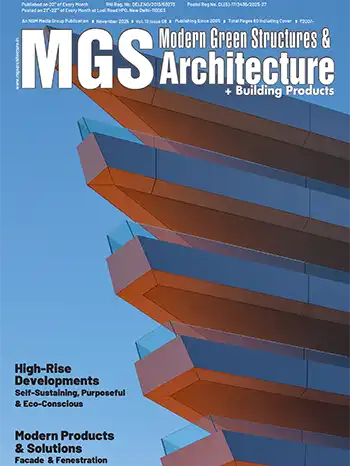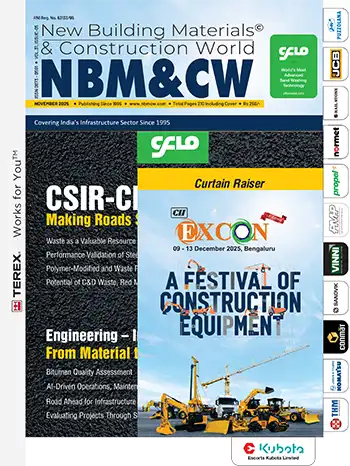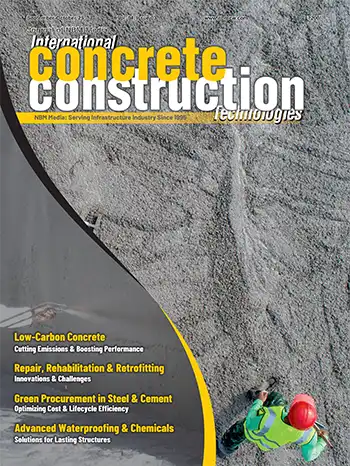By leveraging locally sourced materials, optimizing space planning, and embracing innovation, interior designers are creating work environments that inspire and elevate.
Sammeer Pakvasa
Flexibility and ergonomics remain at the heart of workplace design, with over 65% of offices adopting modular and adaptive layouts. This shift caters to diverse work styles, ranging from open collaborative areas to private, focused zones. Such customizations not only enhance functionality but also contribute to employee well-being, helping organizations reduce turnover and foster a positive workplace culture.
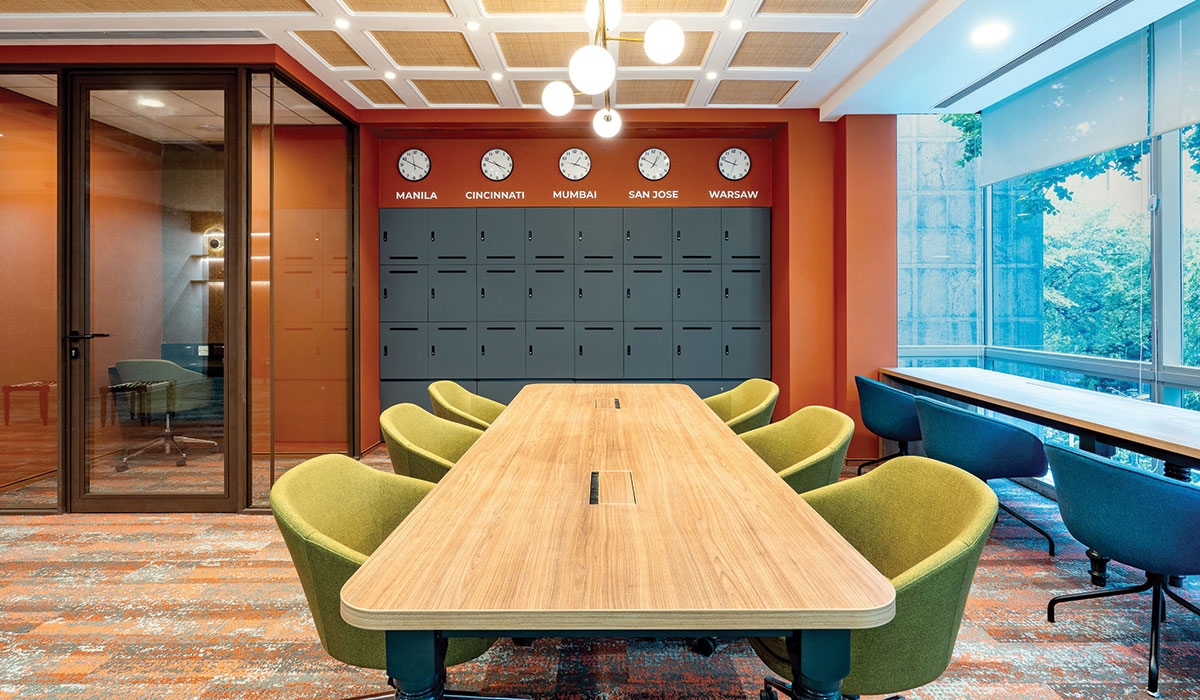
Sustainability continues to be a cornerstone of projects, as more than 70% of new buildings in India achieve green certifications such as LEED. At Eleganz Interiors, we integrate eco-friendly materials, energy-efficient systems, and waste reduction practices into every stage of our projects. From recycled wood and low-VOC paints to energy-saving LED lighting, our solutions aim to minimize environmental impact.
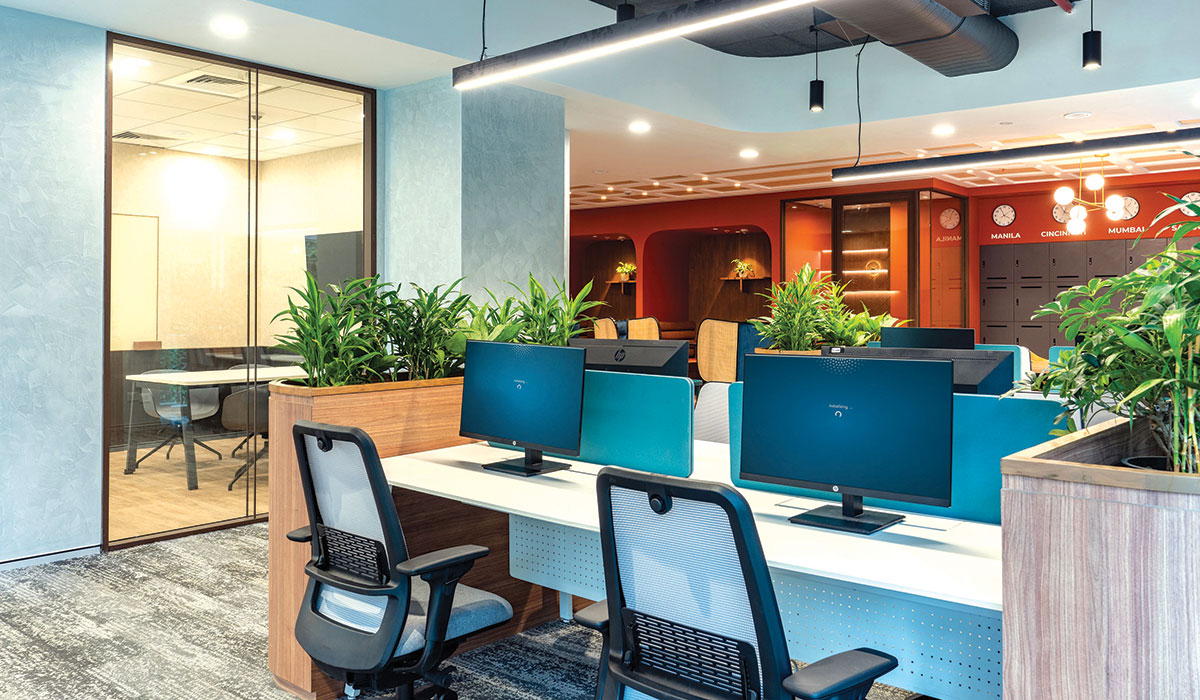
The rise of biophilic design has further enriched workplaces, with more than 50% of projects incorporating natural elements such as indoor greenery, wood textures, and ample natural light. These features not only enhance aesthetics but also improve air quality and productivity, with studies showing a 27% boost in workplace performance in spaces designed with biophilic principles.
In an era where design, functionality, and sustainability converge, we continue to deliver solutions that optimize processes, reduce costs, and elevate quality, and thereby redefine how spaces are designed, built, and utilized.












